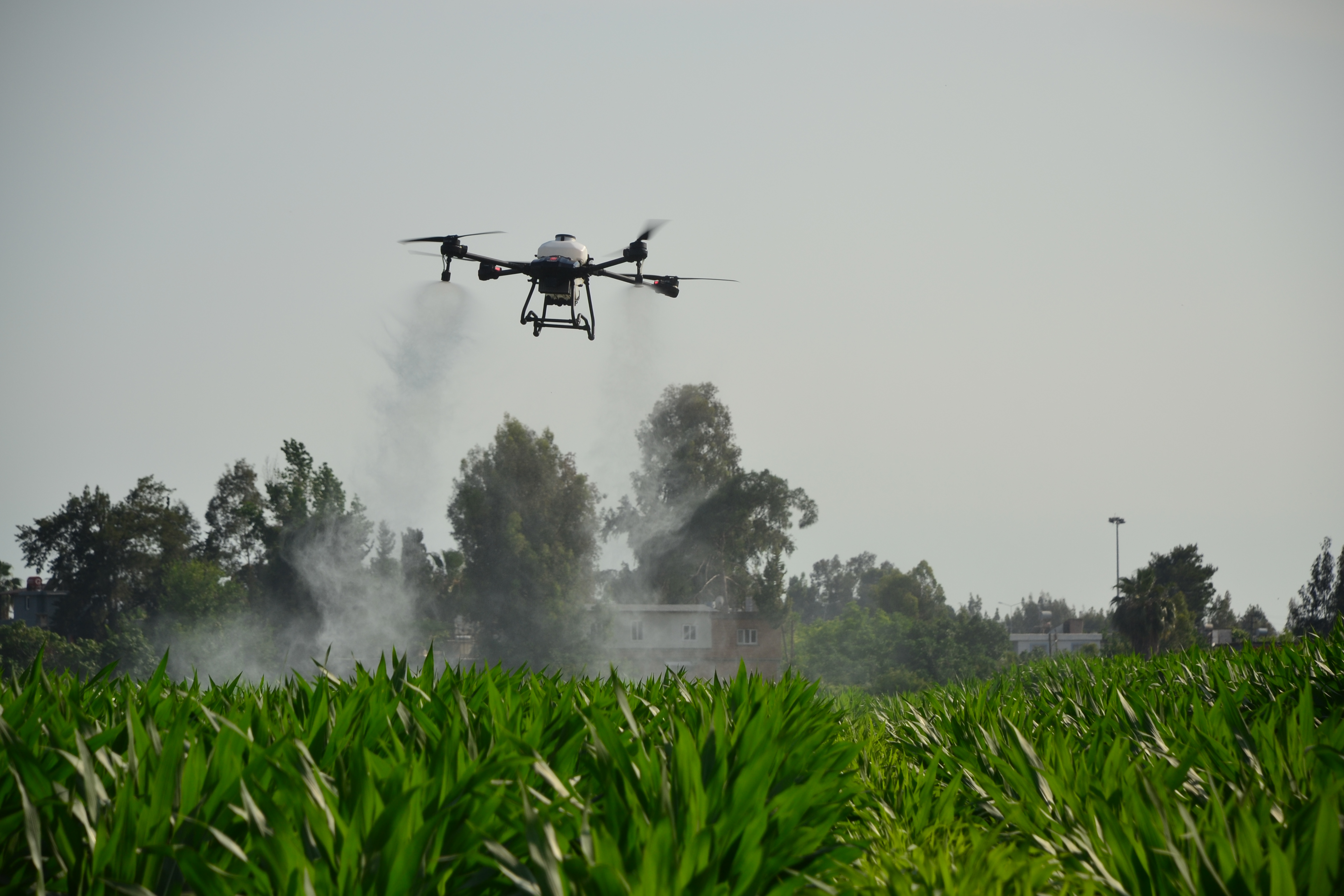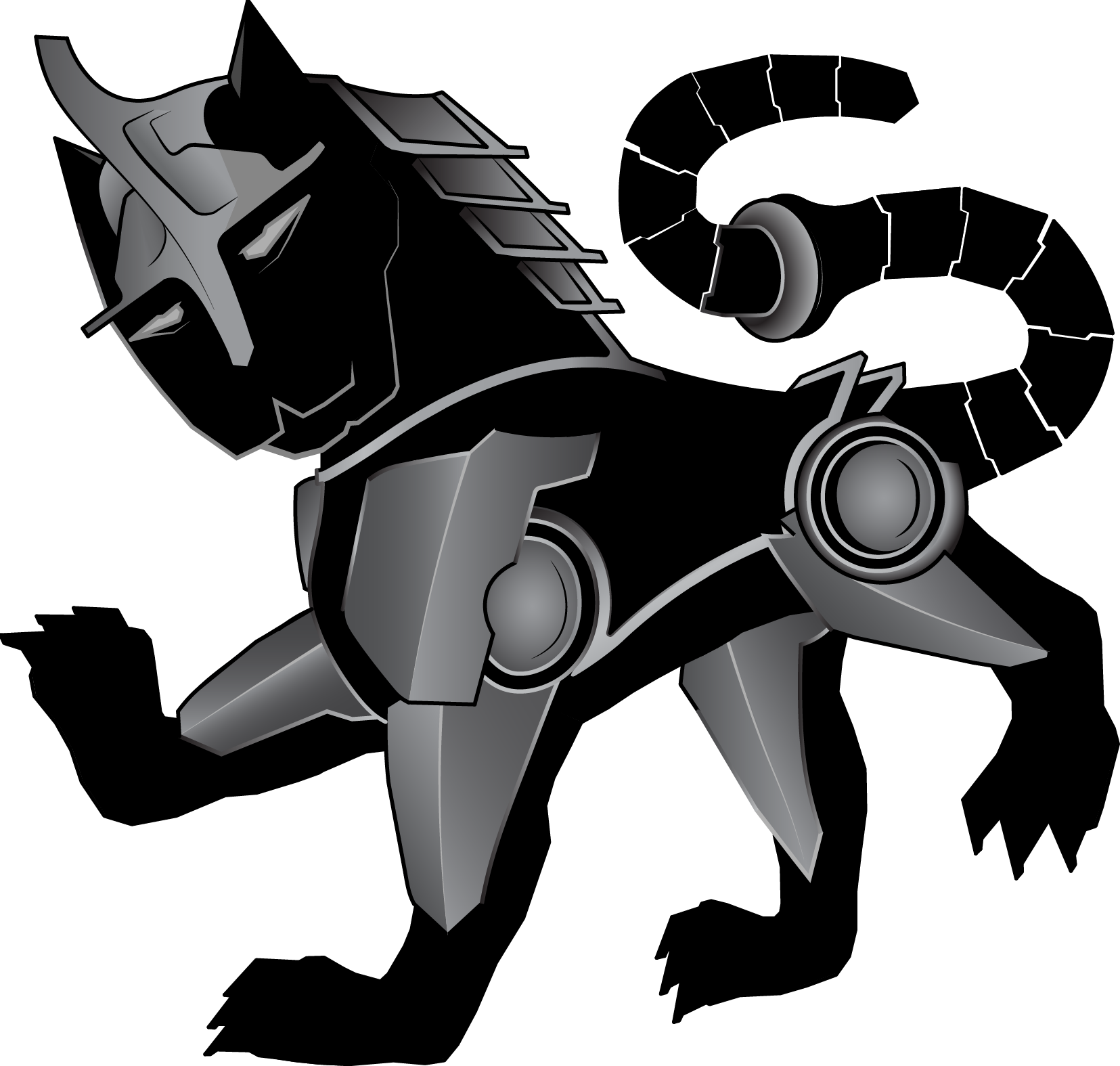
Pest Control with Drone Technology in Corn Farming
Pest Control with Drone Technology in Corn Farming
In corn farming, pests such as Corn Borer (Sesamia nonagrioides, Sesamia cretica) and European Corn Borer (Ostrinia nubilalis) can lead to significant yield and quality losses. Without effective pest control, crop loss can reach up to 80-100%. Therefore, timely and efficient chemical control is crucial.
Chemical Control Methods
In Turkey, chemical control is applied when the number of infected plants reaches 5% or more. For second crop corn, chemical treatment should begin when 5-10 adult pests are caught per week in light traps or when the first egg clusters are observed. Depending on the oviposition period and the duration of the pesticide's effect, a second and third application may be made 10-15 days apart.
Drone Application with baibars CT33s and CT50s
When using baibars CT33s and CT50s drones for pest control, several important factors must be considered:
- Pest physiology must be taken into account to apply the treatment at the correct time.
- The application should be made during the cool hours of the early morning or evening.
- Spraying should be done in windless conditions.
- The appropriate calibration and parameters must be selected based on the pesticides used.
baibars CT33s and CT50s Drone Specifications:
- baibars CT33s
Height (altitude): 2.5 - 3.0 meters
Working width: 6.5 - 7.0 meters
Drone speed: Average 6 m/s - baibars CT50s
Height (altitude): 3.5 - 4.0 meters
Working width: 7.5 - 8.0 meters
Drone speed: Average 6 m/s
Note: If more than one pesticide is used, a jar test should be conducted beforehand. Additionally, if the drone's battery level drops to 25%, it is important to call the drone back to the launch point for safety and battery health.
Red Spider Mites (Tetranychus urticae) Control
Red spider mites are so small they are not visible to the naked eye and their density is primarily observed at field edges and locally. In this case, applying pesticides only to these areas (strip spraying) may be sufficient. However, for high populations and pests spreading across the entire field, pest control should be based on the economic threshold for damage.
- Economic threshold: 10 adult + nymphs per leaf.
- Pest monitoring should begin once the plants have 4-6 leaves.
baibars CT33s and CT50s for Red Spider Mite Control:
- The application should be made at the correct time, considering the pest's physiology.
- The application should be done in the cool hours of the early morning or evening.
- Spraying should be performed in windless conditions.
baibars CT33s and CT50s Drone Specifications:
- baibars CT33s
Height (altitude): 2.5 - 3.0 meters
Working width: 6.0 - 7.0 meters
Drone speed: Average 5 m/s - baibars CT50s
Height (altitude): 3.5 - 4.0 meters
Working width: 7.5 - 8.0 meters
Drone speed: Average 5 m/s
Note: If more than one pesticide is used, a jar test should be conducted beforehand. Additionally, the sensitivity of field edges should be carefully considered, and ensure the field boundary is properly sprayed.
Aphids (Rhopalosiphum maidis, Rhopalosiphum padi) Control
In corn farming, aphids do not generally cause economic damage. Therefore, chemical control is not usually recommended. However, when climatic conditions cause issues, contact (topical) or systemic insecticides may be applied. Chemical control for aphids should follow the same parameters as those used for red spider mites.
Conclusion
baibars CT33s and CT50s drones offer an efficient and environmentally friendly solution for pest control in corn farming. With proper timing and correct application parameters, these drones help optimize pesticide efficiency, improve crop yield, and contribute to better overall crop health.
